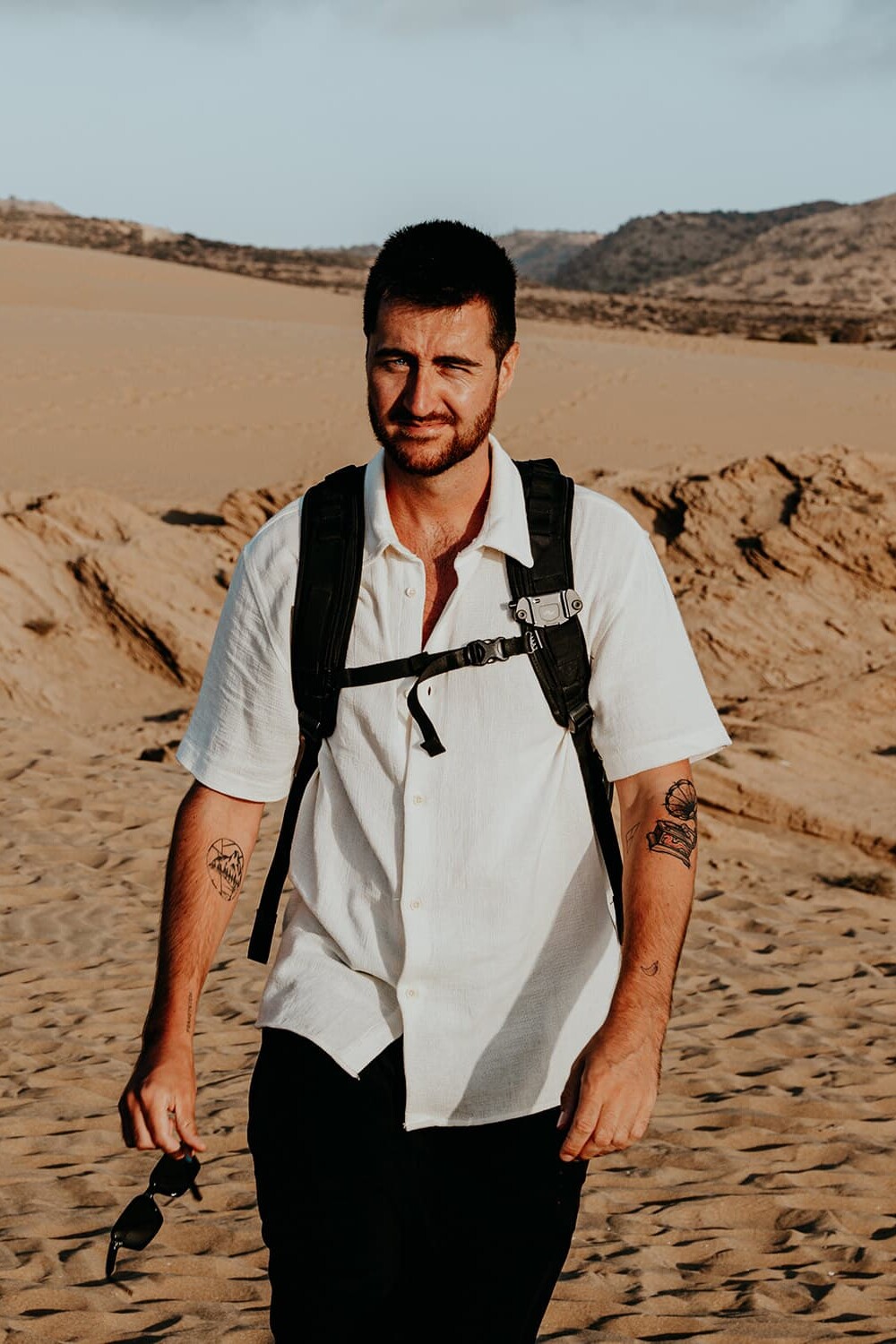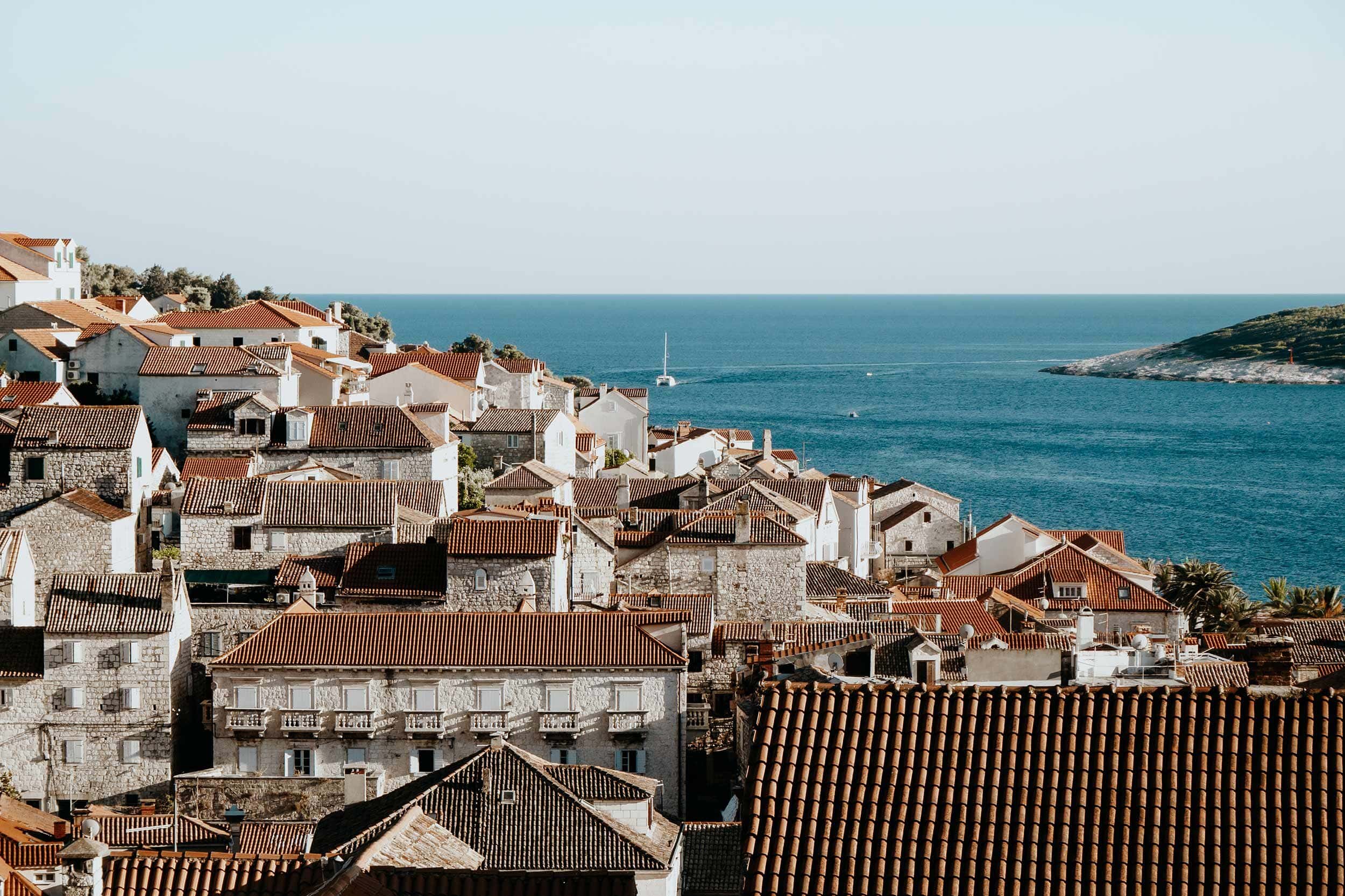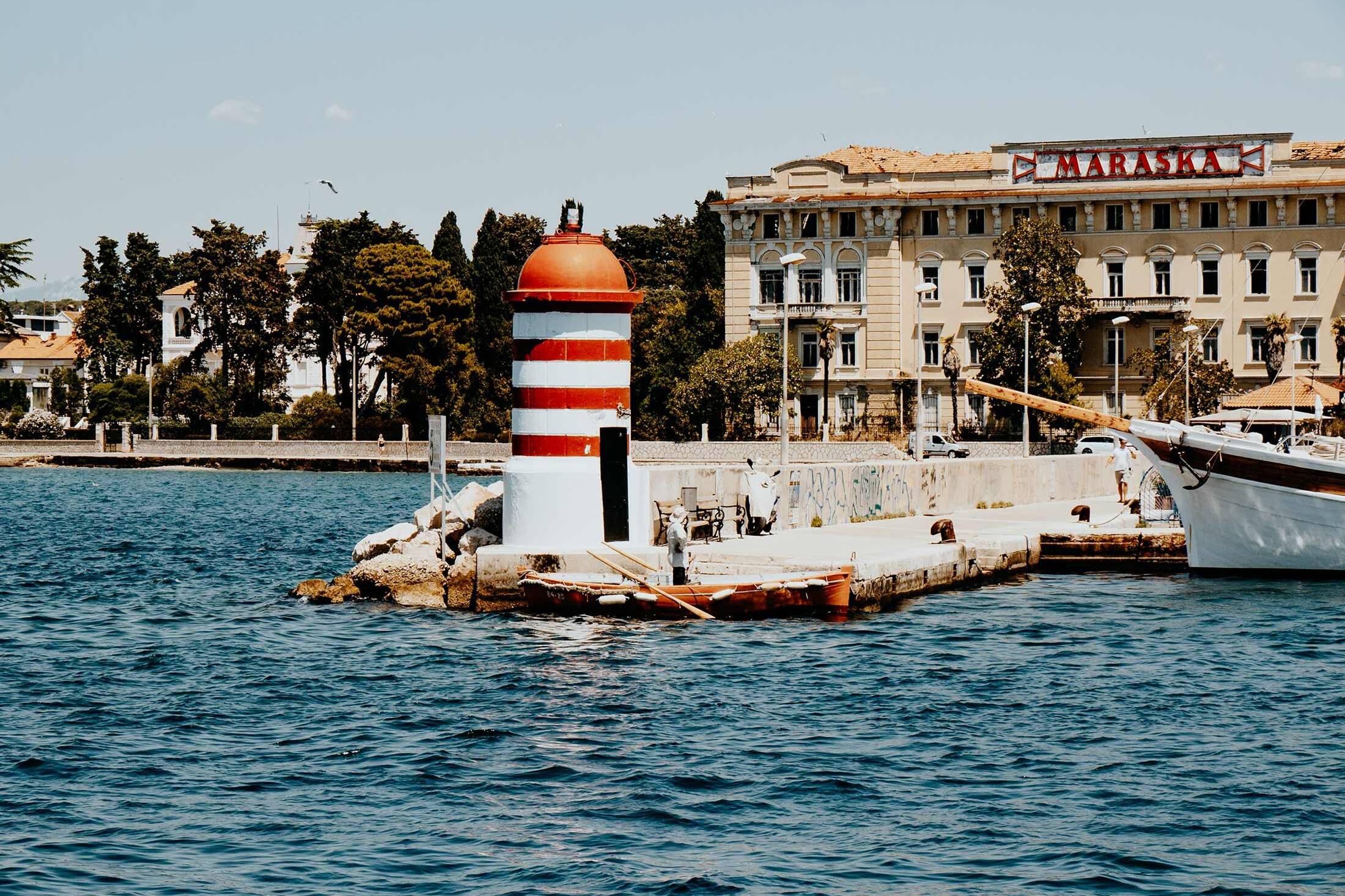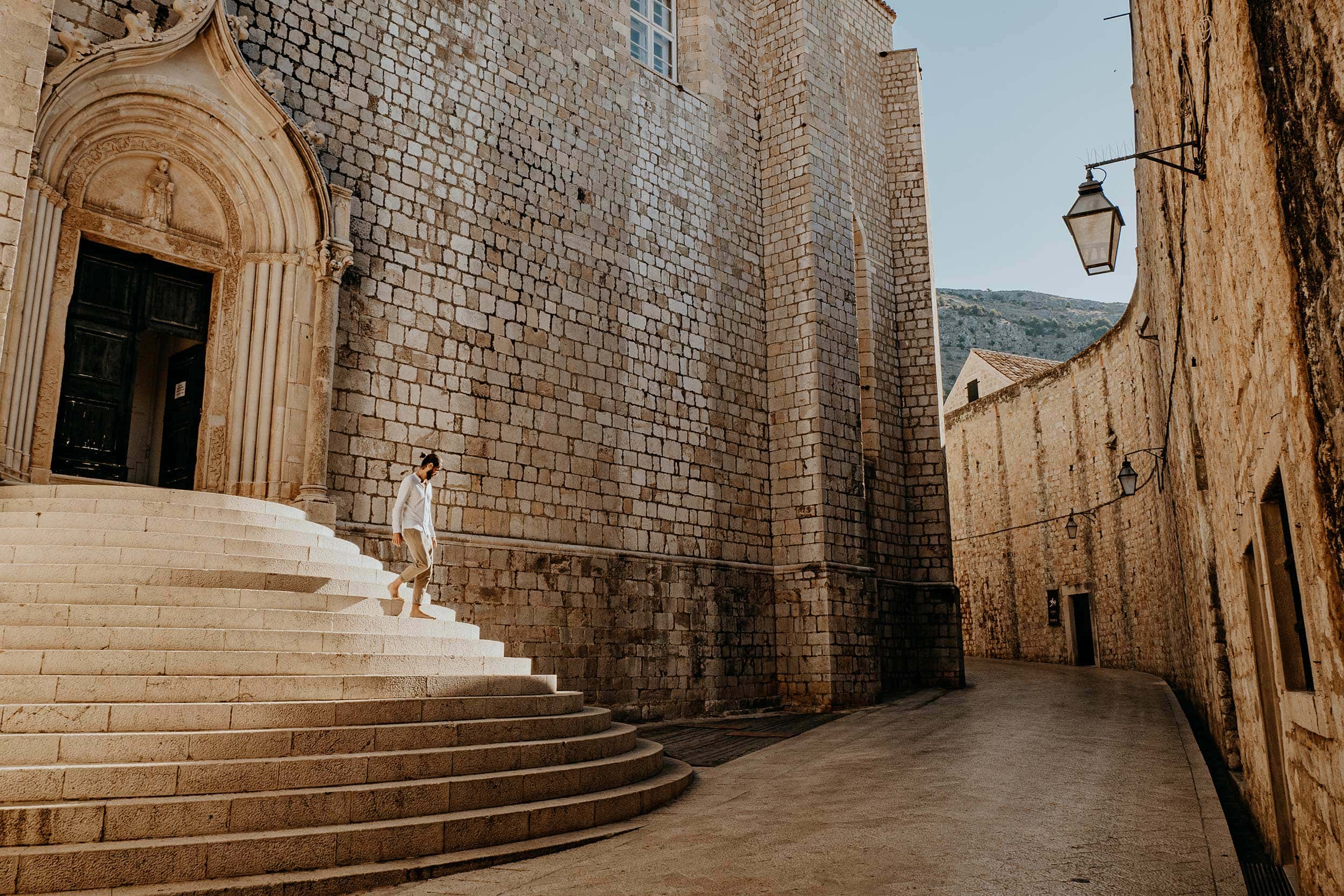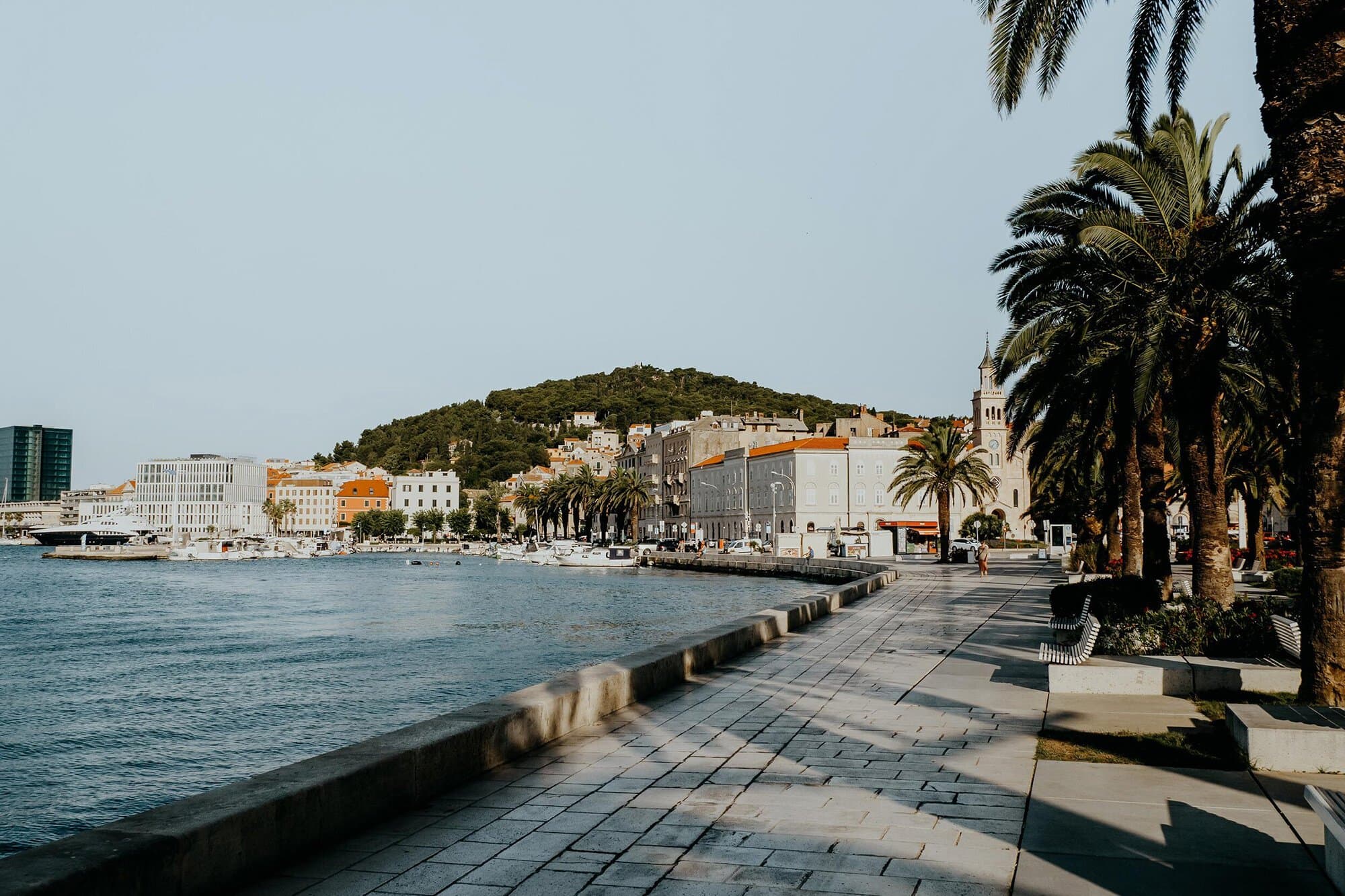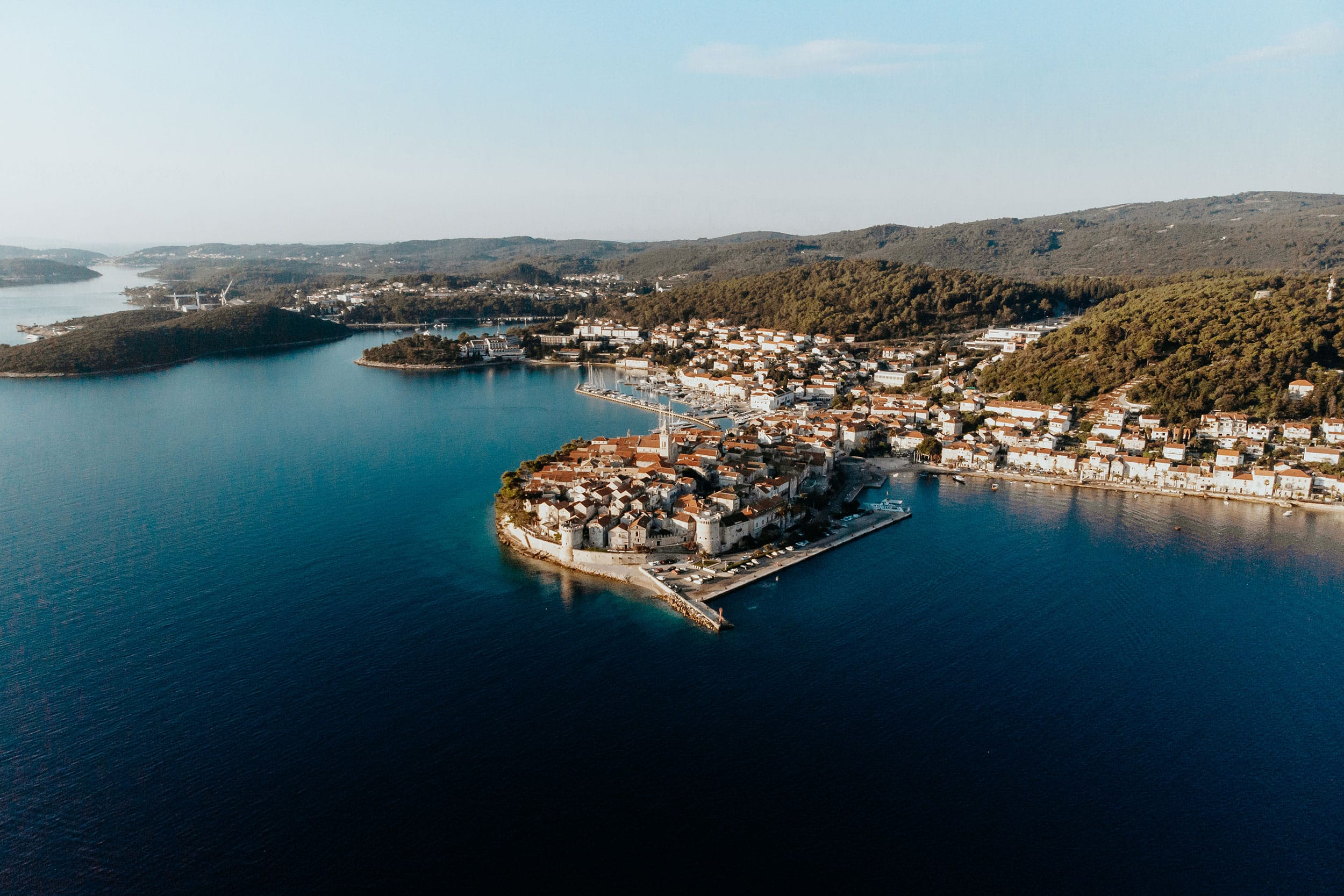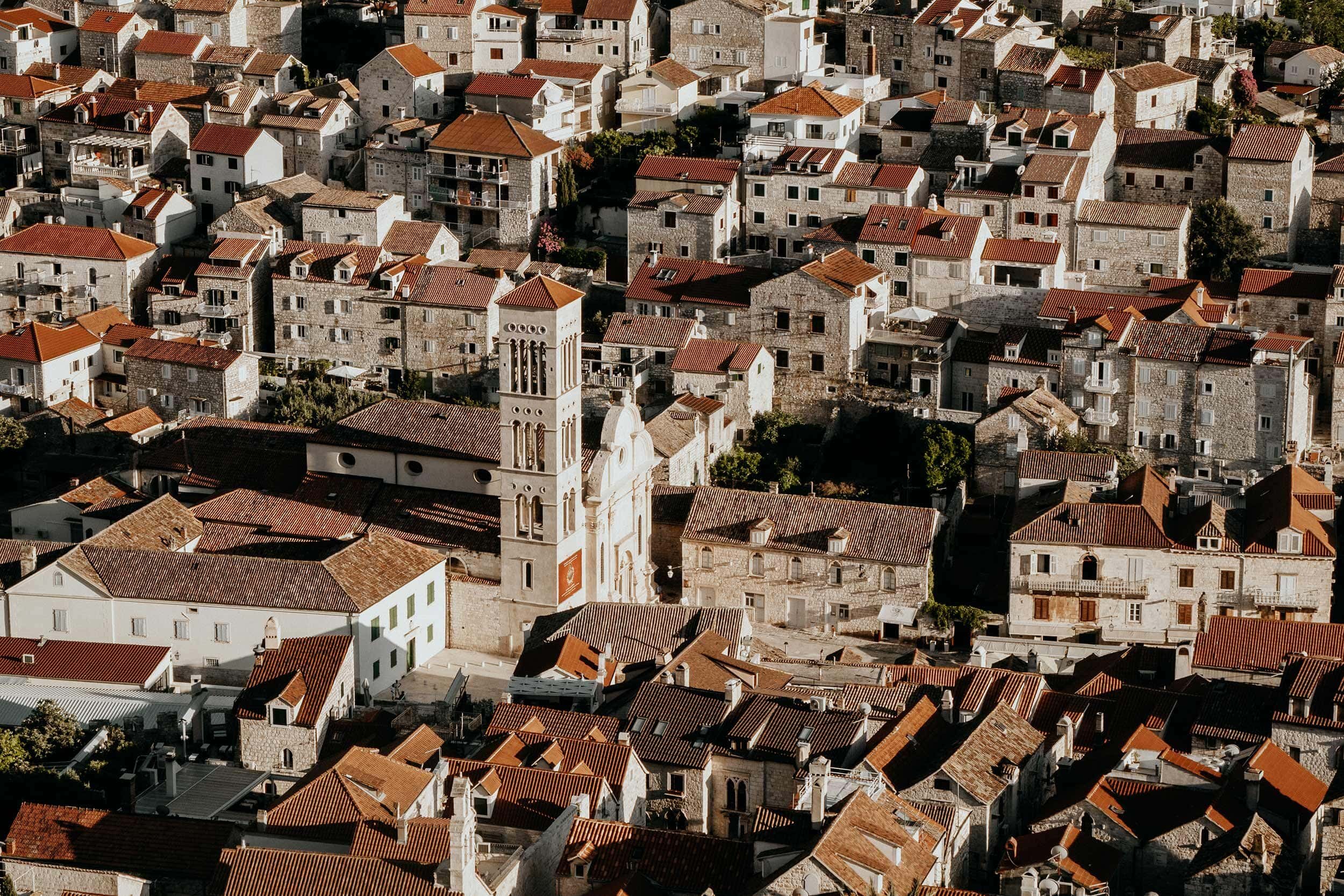While Croatia is best known for its charming coastal towns, endless stretches of beach and stunning islands sprinkled through the Adriatic, there’s another great reason why travellers flock to the country; its exceptional national parks.
One of these parks is the incredible Krka National Park, located just an hour’s drive from two of Croatia’s most popular summer destinations Split and Zadar.
With its world-class waterfalls, picturesque lakes, medieval castles, and plenty of hiking trails running through its scenic landscape, Krka National Park is an absolute highlight for everyone travelling to Croatia.
Although most visit solely to admire the incredible Skradinski Buk waterfall, there’s plenty of other untouched natural beauty to behold; from the stunning Visovac Island at the heart of the lake, to an abundance of smaller cascades and rapids flowing through Krka’s immersive woodlands.
To help you plan your trip here, I’ve put together this in-depth Krka National Park guide, packed with all the essential information, as well as a few of my best travel tips.
If you choose to use any of the links on this page, I receive a small commission at no extra cost to you. By using these links, you’ll have a direct impact on WTSW and support me to continue to create free insightful travel content for you. If you find any of my tips useful, you can support me by buying a virtual coffee here.
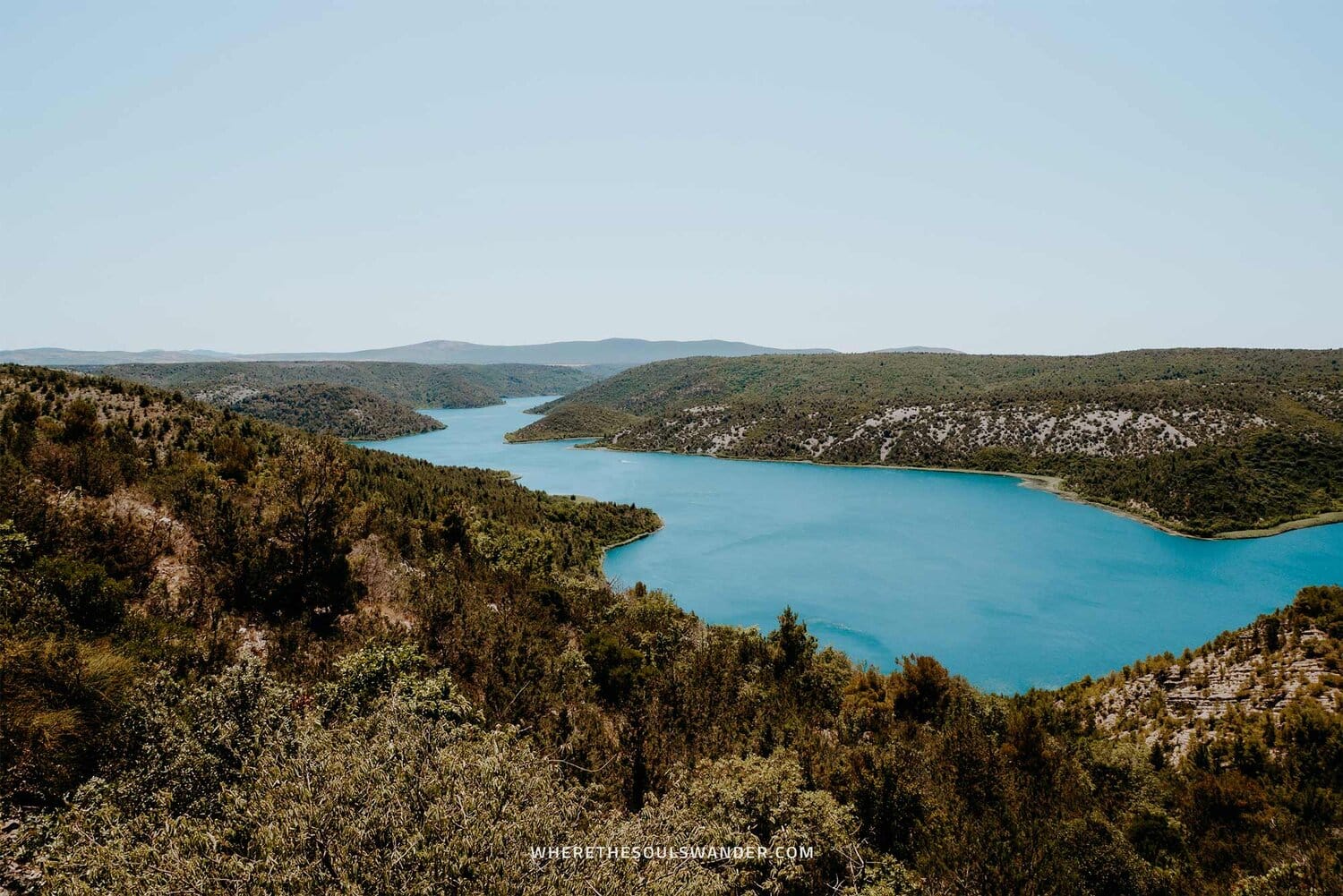
Where is Krka National Park
Named after the Krka River, Krka National Park is located in the lush region of Sibenik-Knin County in central Dalmatia, just a few kilometres northeast of Sibenik.
Krka has become a must-see destination for travellers to Croatia, not just for its sheer natural beauty, but also for its convenient position around an hour’s drive away from the popular summer hotspots of Split and Zadar.
Where to stay near the Krka National park
If you’re not planning to visit Krka National Park as part of a day trip from Split, Zadar or Trogir, I highly advise staying either in Sibenik or close to the Krka entrance itself.
By choosing accommodation close to Krka National Park, you’ll have the advantage of being one of the first to enter the park, while also saving time travelling back and forth.
To help you find the right place to stay, this section has been broken down into two sections.
Near Krka National Park
Hotel Vrata Krke | Located in Lozovac, right next to the Krka main entrance, Hotel Vrata Krke is easily one of the best picks near Krka National Park. This budget-friendly hotel offers clean Dalmatian-style rooms, a great outdoor pool with a sundeck and good breakfast options.
Hotel Bonaca | Situated at just 5 5-minute drive from the Krka entrance, Hotel Bonaca boasts clean and spacious rooms, a large outdoor pool with a stunning river view, and a varied breakfast spread.
Sibenik
Hotel Panorama | Perched on a cliff above the Krka Canyon, this hotel provides everything for a relaxing stay. Think modern rooms with comfortable beds, a large outdoor swimming pool, a great in-house restaurant and a fitness centre.
The residence | If you’re looking for some extra comfort, this modern apartment is for you. The residence offers a spacious air-conditioned apartment with a homey vibe, a terrace with lake views, as well as a beautiful outdoor pool area. It’s also just a 15-minute drive away from the Skradin entrance.
If the above accommodations do not resonate with your travel preferences, search accommodations near Krka on booking.com.
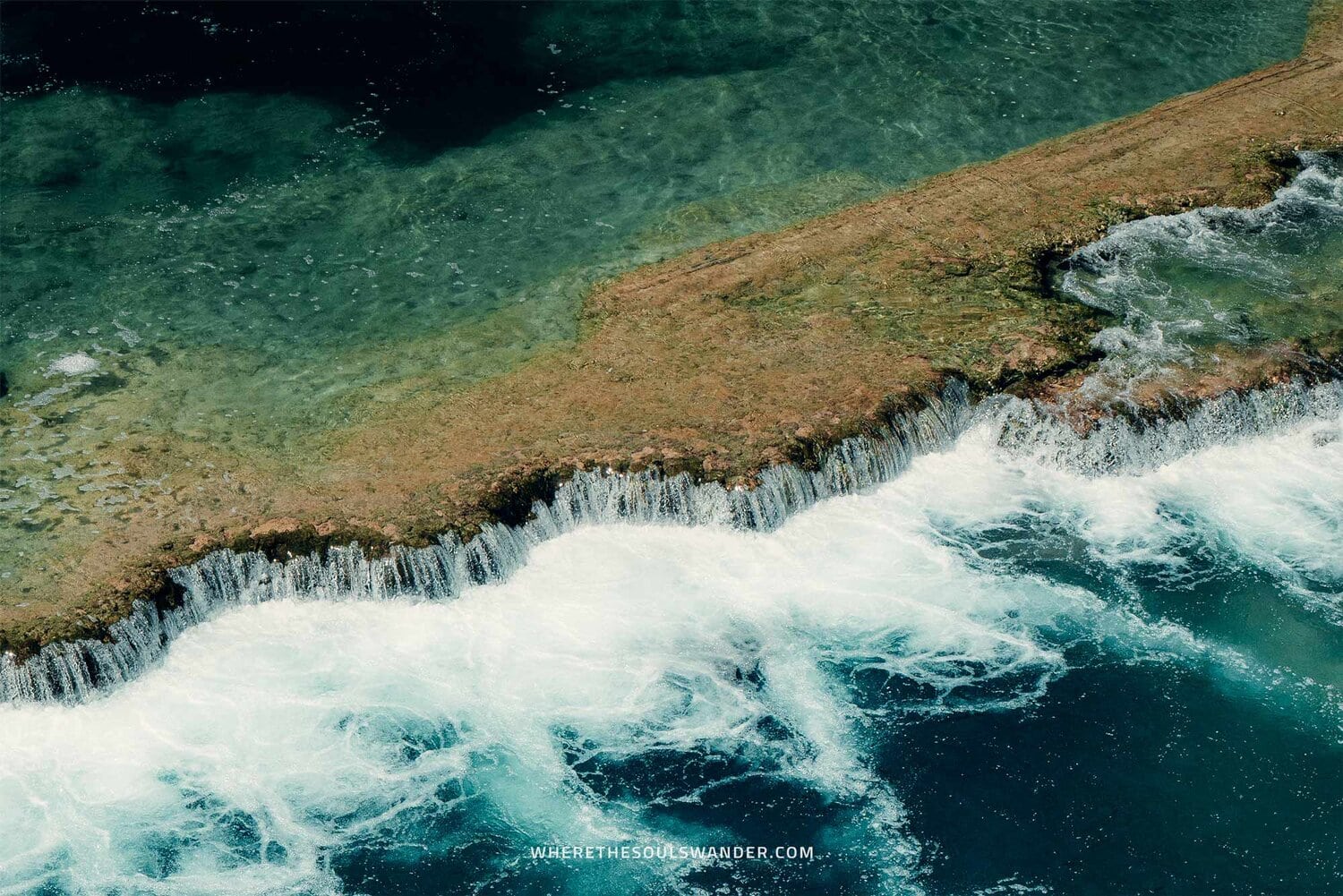
A brief introduction of Krka National Park
Proclaimed as a national park in 1985 due to its stunning natural features, Krka National Park has become one of Croatia’s best-visited national parks ever since, with nearly 1 million annual visitors.
Situated along the Krka River, the park covers nearly 109 square kilometres, where you’ll find 7 impressive waterfalls, several scenic lakes, medieval fortresses, and plenty of adventurous hiking trails. Also, Krka is known for being the first-ever hydroelectric power station in Europe.
On top of that, Krka is home to several distinctive ecosystems, which provide the perfect conditions for rich and interesting biodiversity in flora and fauna, among which are more than 850 types of plants, over 200 species of birds, as well as 18 species of fish and bats.
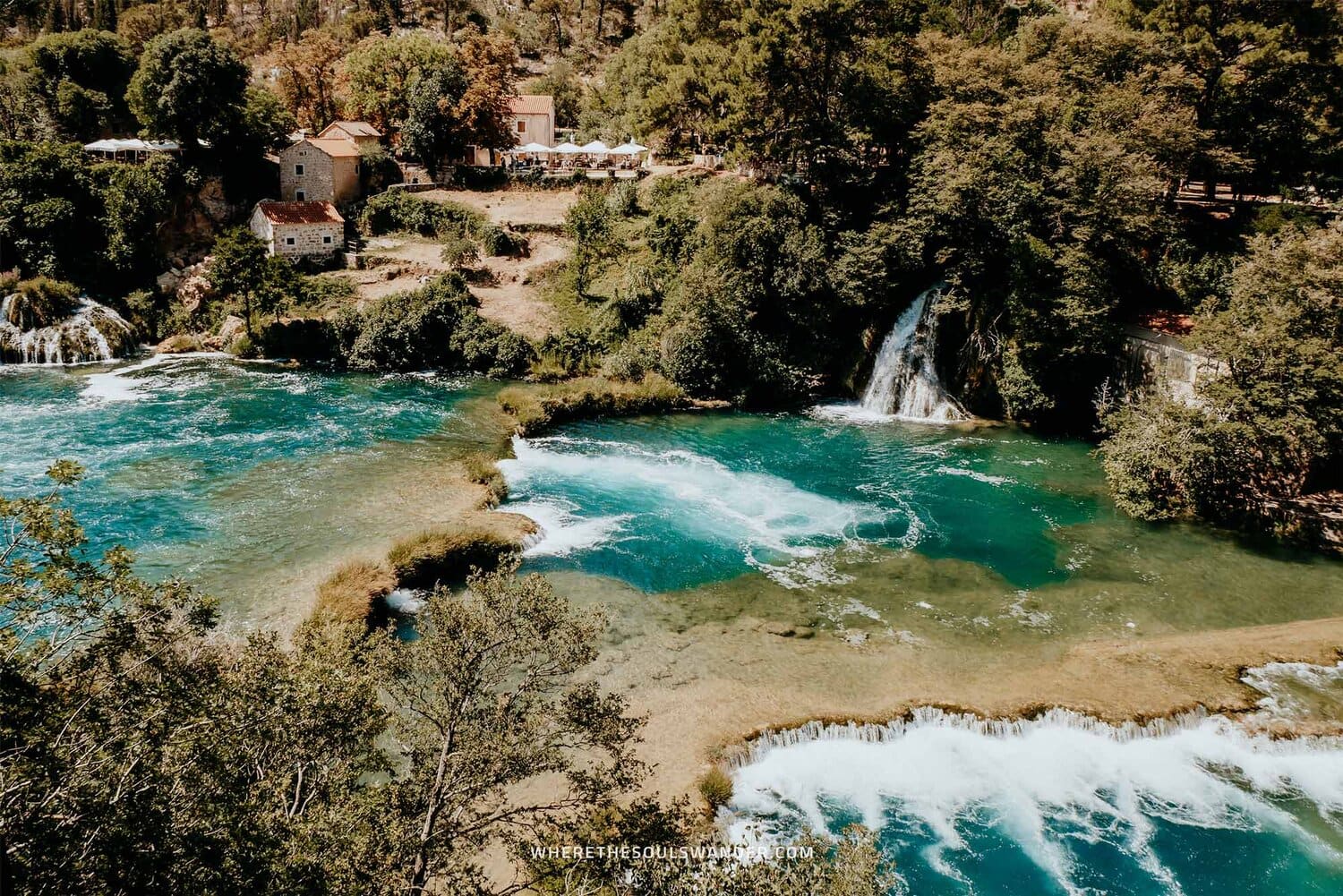
Krka National Park Entrance Fee 2024
At the moment of writing, the entrance fee to Krka National Park depends on two key factors; the time of year, and whether you travel solo or as part of a larger group.
During the high season, a solo adult ticket will cost 300 HRK (€40,-), while a child ticket comes at just 115 HRK (€15,-) per person.
In winter, the entrance fee gets as low as 52 HRK (€7,-) per person.
- Krka National Park Entrance Fee: 300 HRK (€40,-)
- Solely Roski Slap Waterfall: 150 HRK (€20,-)
Tickets can be bought at all five entrances, but it’s most common to do so at the Lozovac and Skradin entrances, especially if you’re heading for Skradinski Buk.
Additionally, you can also buy your tickets online at the official Krka website.
For those looking to visit as part of a guided tour, the Krka National Park entrance fee is often already included in the price. However, to avoid extra costs, make sure you read the tour description thoroughly.
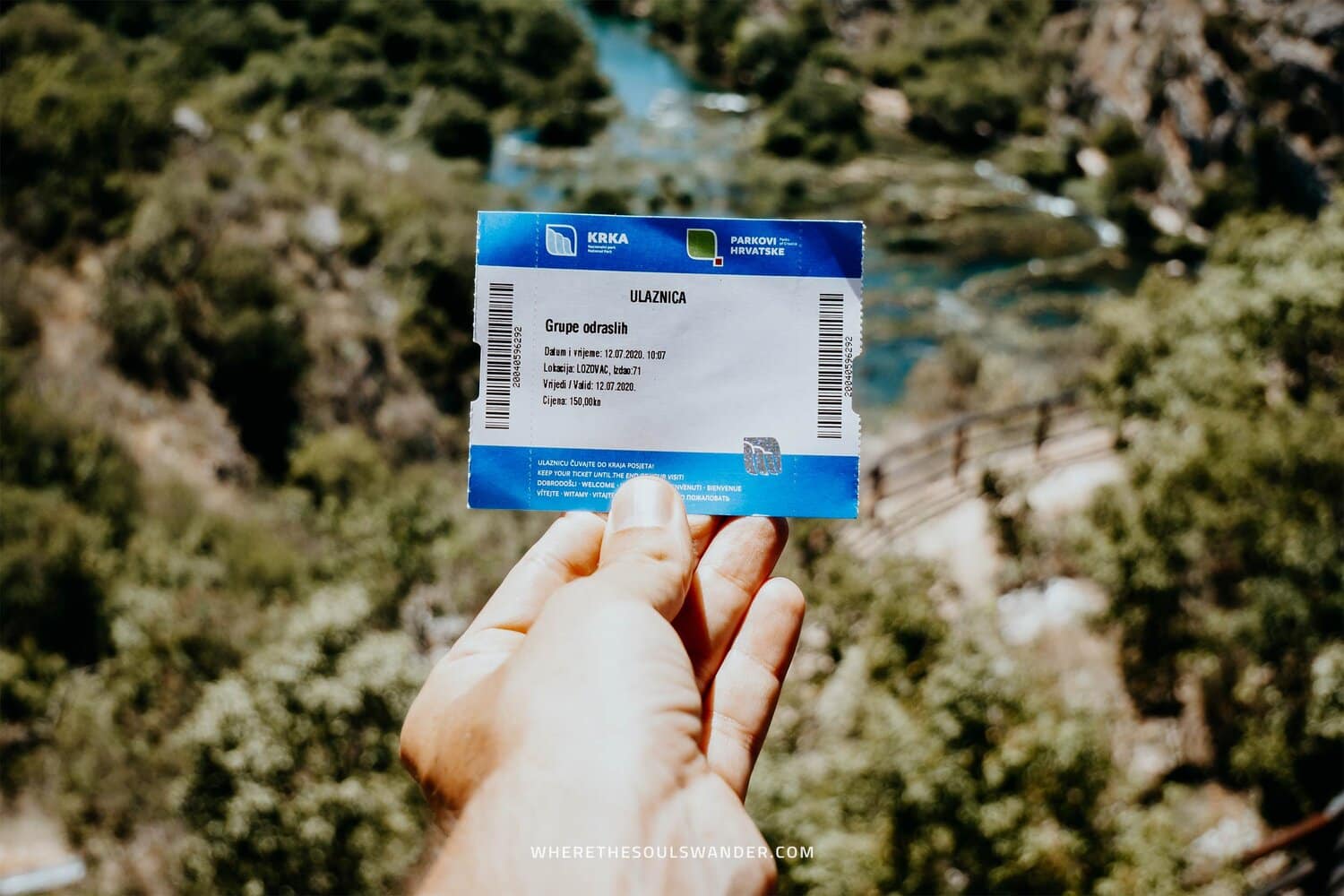
Things to see at Krka National park
Krka National Park is home to several impressive waterfalls and for the best experience, I’d advise spending at least a full day here to take it all in.
That said, these are the absolute highlights of Krka National Park:
Skradisnki Buk Waterfall
Often referred to as the Krka waterfall, Skradinski Buk is without question the most popular stop for anyone travelling to Krka National Park.
Situated just a short walk from both the Skradin and Lozovac entrances, the Skradinski Buk is an extensive waterfall series with 17 cascades scattered over a total length of 800 metres.
At the base of the final, and most impressive waterfall is a large natural pool, which I’m pretty sure you’ve seen loads of times while scrolling through your Instagram feed.
Though it was first possible to take a refreshing dive here, the park decided it is no longer allowed since the beginning of 2021.
As the main attraction of Krka, I highly advise making Skradinski Buk your first stop in the park. Not only does the number of visitors increase significantly throughout the day, but it’s also way easier to photograph in the gentle morning light.
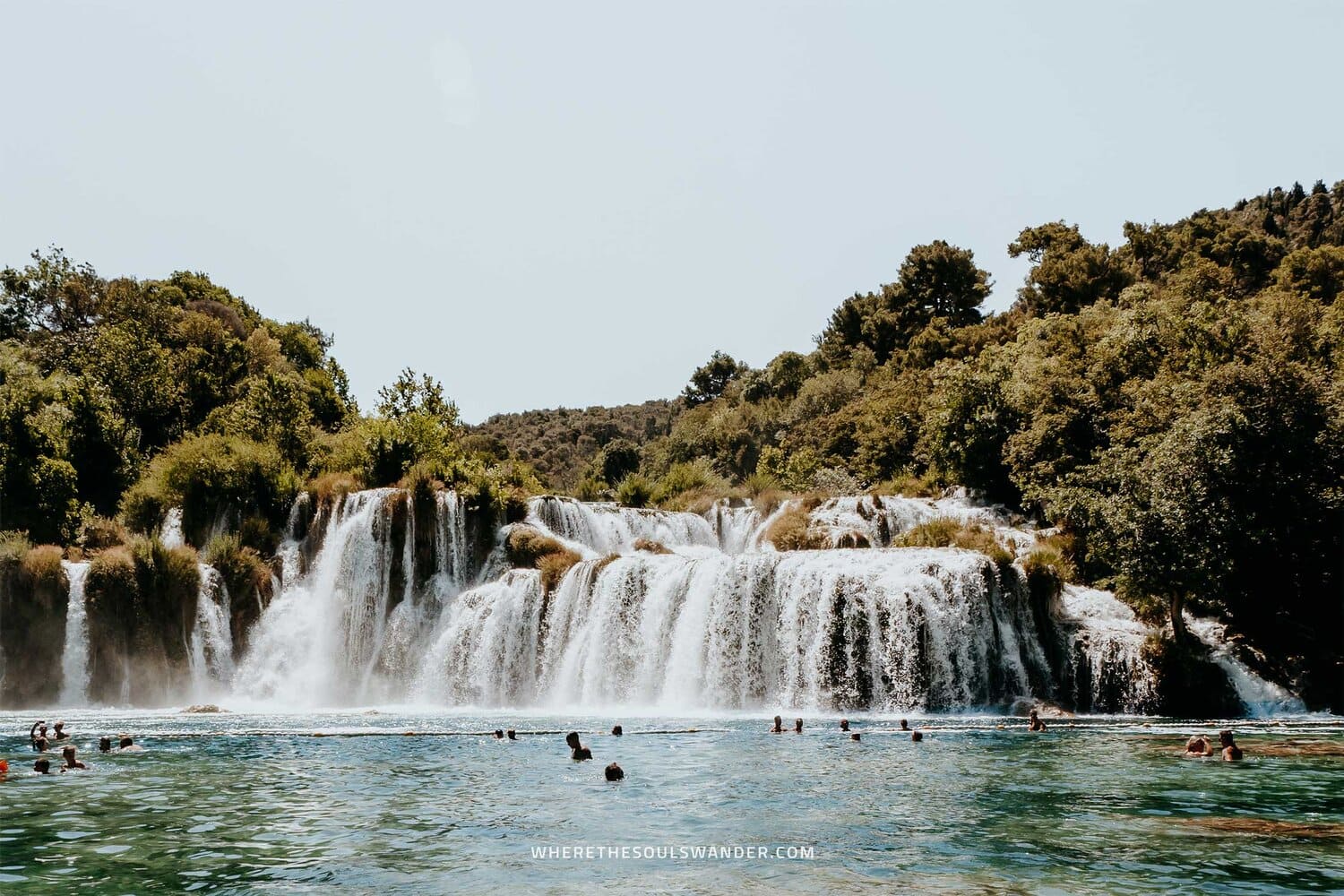
Visovac Island
Without question, my favourite place in Krka National Park is at the viewpoint next to the monument of Croatian King Petar Svacic, as it provides the most stunning views of Visovac Island and its lush surroundings.
Nestled in the heart of Visovac Lake is the incredibly scenic Visovac Island, a tiny island that is home to a Franciscan monastery that dates back as far as 1445.
Although I believe that Visovac Island is best seen from the viewpoint, it is also possible to visit by joining a boat excursion from Skradinski Buk.
The Franciscan monastery itself is open to visitors and houses an interesting archaeological collection, as well as one of three rare illustrated copies of Aesop’s fables.
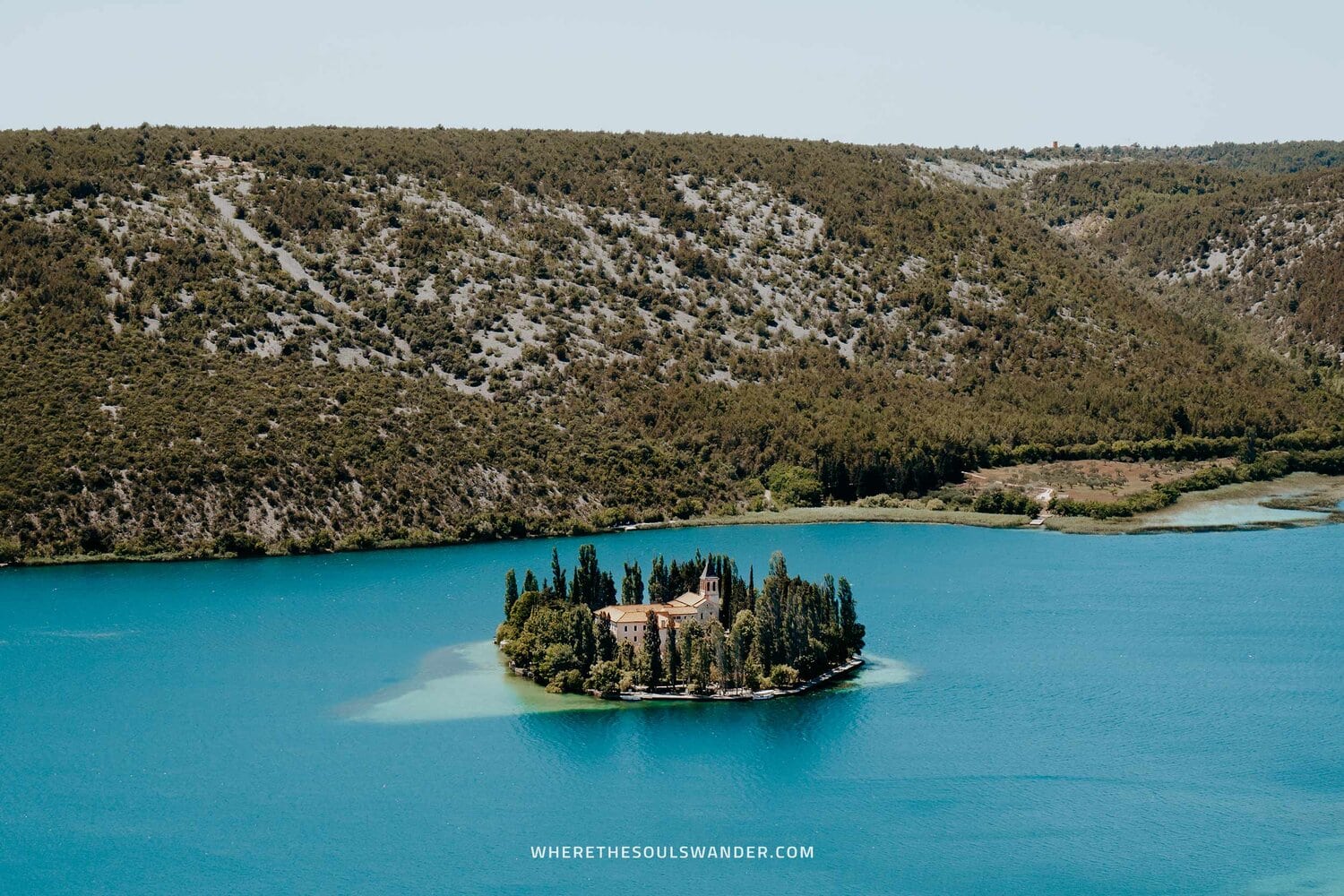
Roski Slap
Despite that its appearance looks rather disappointing at first glance, Roski Slap is actually quite an awesome point of interest, especially if you look beyond its main waterfall.
At Roski Slap, the Krka River runs through a 450-metre-wide gorge, where the river flows via loads of smaller cascades and dense vegetation before gushing into the scenic Visovac Lake.
Ogrlice – Krka’s necklace, as the locals like to name it, is home to an easy hiking route, while the shore at the 15-metre high main waterfall provides the perfect spot for swimming and relaxing.
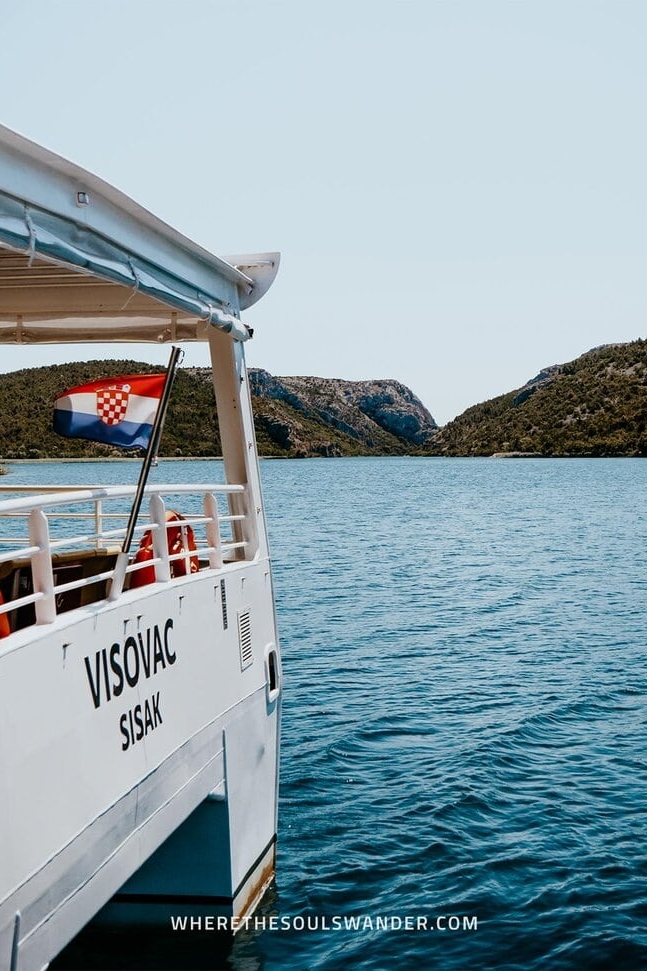
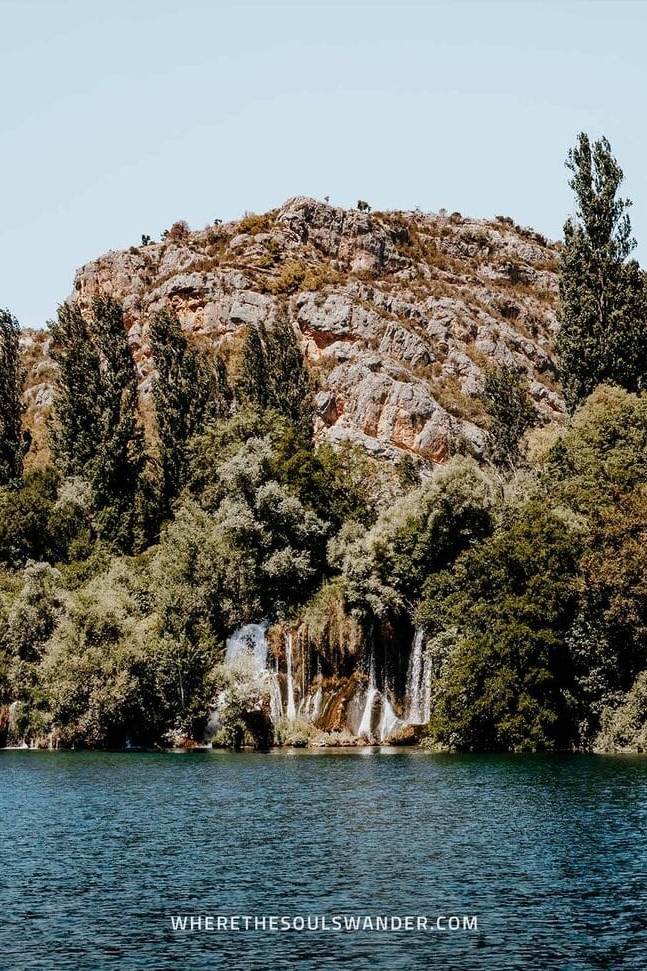
Ozidana Pecina Cave Viewpoint
To truly admire the beauty of Roski Slap, climb to the viewpoint of the Ozidana Pecina Cave, as its amazing views display both the magnificence and complexity of this series of cascades.
It isn’t until you see it from above that you realize why Roski Slap was given the name ‘Krka’s Necklace’.
The Ozidana Pecina Cave itself is a 59-metre deep tunnel-shaped cave, where you see many traces of Neolithic human settlements, including the remains of ceramic dishes, stone artefacts and human bones.
Although it’s possible to enter the cave, I believe you won’t miss anything special if you decide to skip it.
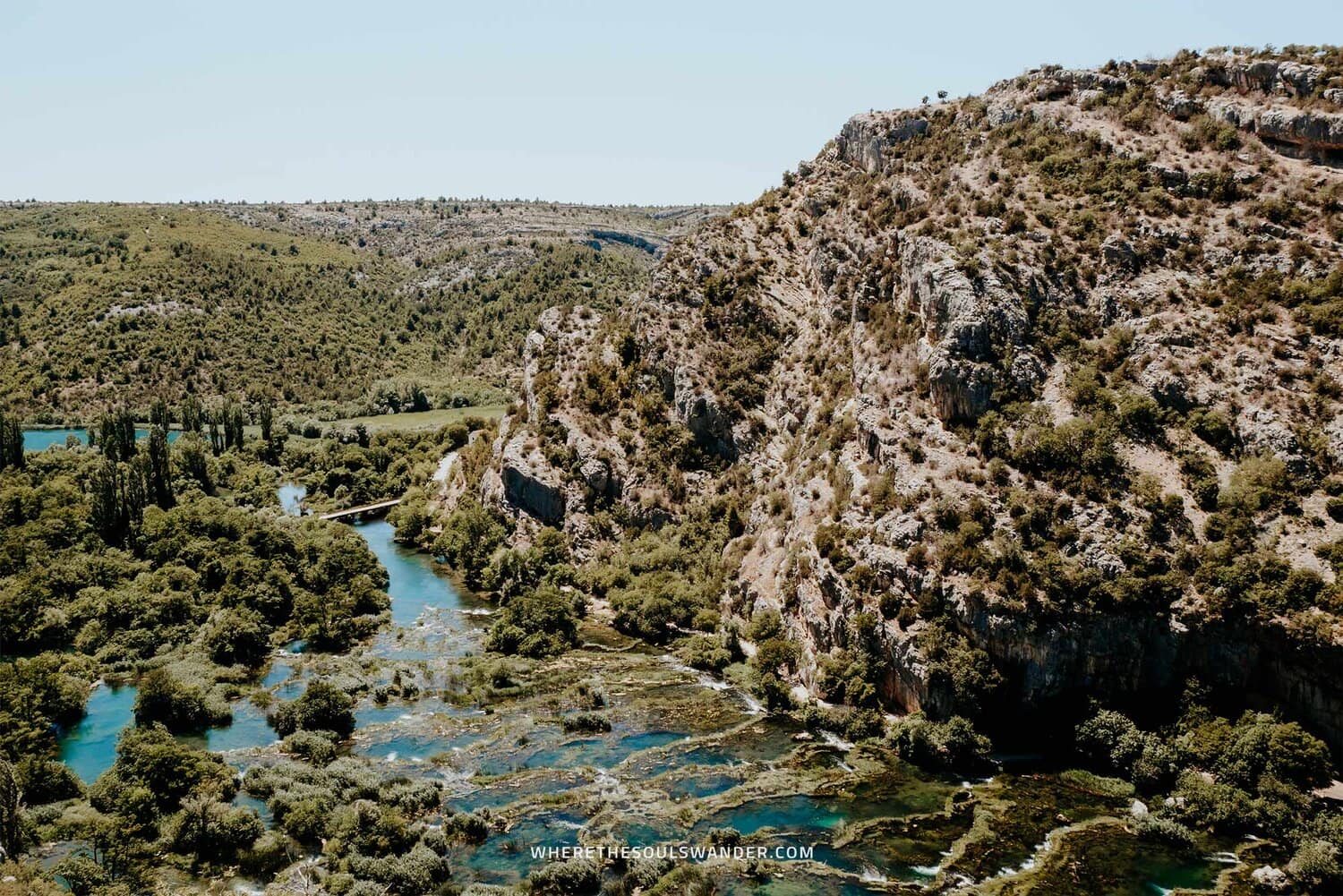
How to explore Krka National Park | Solo or with a tour
Without question, the best way to explore Krka National Park is by renting a car and driving through the park.
Not only are the park’s best waterfalls quite far apart from each other, but you also have the flexibility to move throughout the park at your own pace.
However, if you’re not planning to rent a car, joining a guided tour is a great alternative option. Not only is it one of the most popular ways to explore Krka National Park, but also surprisingly convenient.
Given Krka National Park is one of the absolute highlights of Croatia, there’s no shortage of tour operators offering plenty of excellent tours from Split, Trogir and Zadar.
Most of these tours take in the park’s highlights, including the famous Skradinski Buk waterfall, Roski Slap and Visovac Island. Plus, you also have some free time within the park.
If you’re keen on joining a guided tour, it is worth noting that it’s smart to book your preferred tour in advance, especially during the high season.
My Krka National Park tour recommendations
For those keen to book a guided tour of Krka National Park upfront, make sure you have a look at the options listed down below.
One thing worth mentioning is that the recommended tours do not include the Krka entrance fee.
+ Full-day Krka NP & Sibenik Tour From Split or Trogir | I visited Krka National Park as part of this excellent full-day tour from Split and had a wonderful time exploring the incredible waterfalls, without having to stress about an itinerary or transportation. Throw in the fact that you also have a short stop in Sibenik, and you’ll understand why this tour has earned a rating of 4.7 stars.
Krka Waterfalls Day Tour From Split | This full-day guided tour of Krka National Park from Split includes transportation, an English-speaking guide and a boat ride – plus it allows you to have some free time in the park.
Krka National Park Day + Primosten Tour From Split | Explore the stunningly beautiful Krka National Park by joining this full-day guided tour from Split. It also includes a boat ride, some free time within the park and a stop in Primosten. For those who haven’t yet booked their entrance tickets, it is possible to add on a skip-the-line ticket too.
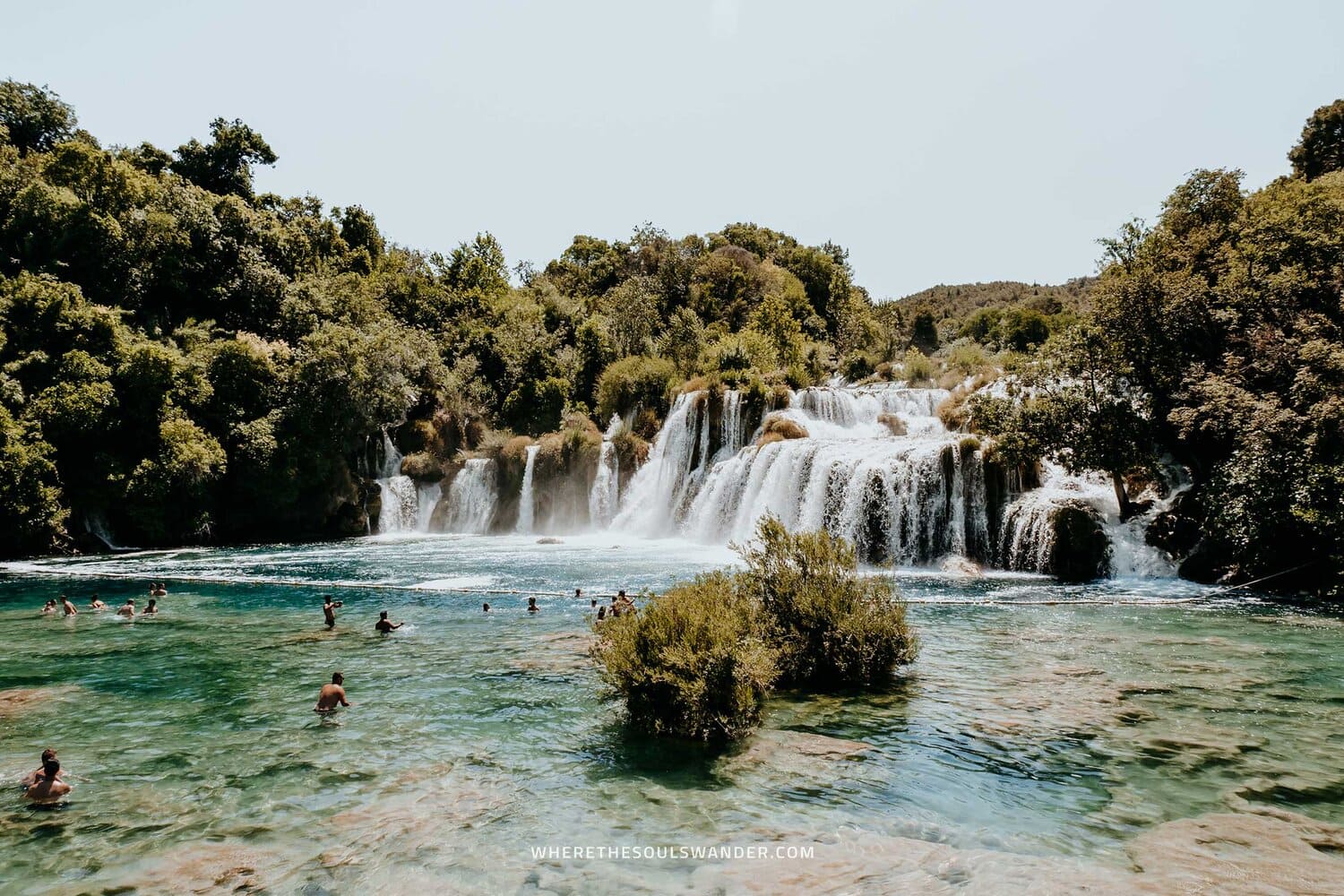
Krka National Park | The essentials
The best time of year to visit Krka National Park
Croatia, like most countries in the south of Europe, is most popular during summertime.
As a result, Krka National Park is teeming with both foreign and local tourists during the peak summer months of July and August.
However, if you opt for a trip during the off-season months of May, June, September and October, the park will be far less crowded – which makes exploration significantly more fun.
Additionally, the park is extremely beautiful during the winter months, when layers of snow often transform the park into a winter wonderland.
The best time of day to visit Krka National Park
During summertime, the Krka National Park is open daily from 08:00 till 20:00. However, to avoid long queues, there’s a maximum number of visitors that are allowed in the park at once.
For that reason, the best time to explore the Krka National Park is right after the doors open, especially if you’re visiting between May and September.
For those visiting in the off-season months of October to April, it is good to note that the park opens one hour later. For up-to-date opening hours, see the official Krka National Park website.
How to get to Krka National Park
By car | As with most highlights in Croatia, the best way to visit Krka National Park is by car.
Not only is it easier to reach the various waterfalls dotted throughout the park, but it also grants more freedom to visit at your own pace.
If you’re keen to rent a car in Croatia, Rentalcars.com is easily your safest bet, as they offer additional insurance, a wide range of cars to choose from, as well as excellent overall service.
While all five entrances provide free parking facilities, I highly advise parking at the Lozovac entrance, where you’ll find most of the available parking spaces.
Join a guided tour | Another easy way to get to Krka National Park is by joining a guided tour, as many tour operators offer excellent options from Split, Trogir and Zadar.
Most Krka National Park tours involve stops at the park’s absolute highlights, including Skradinski Buk, Roski Slap, and Visovac Island, as well as a visit to the coastal town of Sibenik.
I visited Krka National Park as part of this guided tour, and had a wonderful time, without having to stress about any itinerary or transportation.
It is worth mentioning that the Krka National Park is one of the best-visited tourist attractions in Croatia, meaning if you’re keen to join a tour, it’s better to book the one you prefer in advance.
By bus | If joining a guided tour or renting a car isn’t for you, it’s also possible to catch a bus in the direction of Skradin, a small town where you’ll find Krka’s popular main entrance.
If you’re looking to visit Krka by bus, I noticed that Flixbus was the most reliable. Not only does Flixbus provide comfortable, airconditioned busses, but they also run to Skradin from the major cities in Croatia, including Split, Zadar, Trogir, Dubrovnik and Zagreb.
For up-to-date information, availability and online tickets, visit the official Flixbus website.
Safety in Croatia | Travel insurance
While Croatia is completely safe for travellers, I always aim to enter a foreign country with my travel insurance sorted out, and I highly advise anyone else to do the same.
Where I prefer to assume that everything runs smoothly during my travels, the reality is often that something can go wrong at any given moment – when that happens, it is better to be safe than sorry.
Heymondo | Whether you’re going on a 3-week backpacking trip, or planning a long stay somewhere abroad, Heymondo has excellent insurance options either way – plus full COVID-19 coverage and a handy app with 24-hour medical assistance. Readers of WTSW receive 5% off any insurance policy, more information here.
Cheers!
I’ve been on this travel blogging journey since 2019.
If you appreciate what I do here, these are some ways you can support me.
